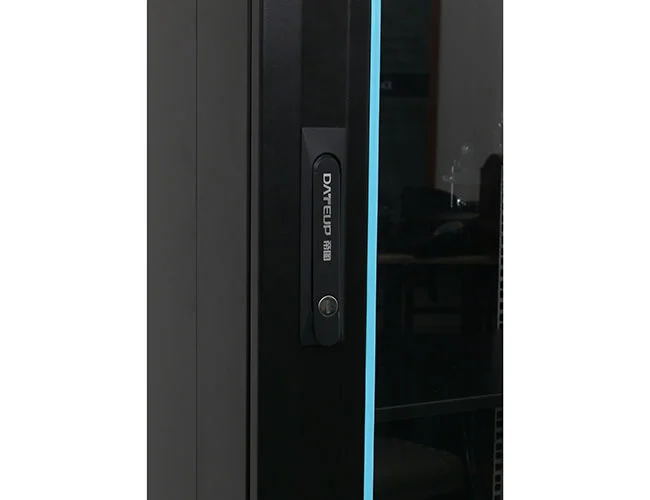News
Site Editor
 Site
https://leonetworkgroup.usa18.wondercdn.com/uploads/image/5fe152faa587d.png
SFP (Small Form-factor Pluggable) modules are small, hot-swappable, and versatile components used in various networking environments, including fiber optic and copper connections. Like other hardware components, SFP modules may fail or cause network issues due to installation errors, compatibility issues, faulty firmware, or physical damage.Therefore, testing SFP modules is essential to ensure opt
Site
https://leonetworkgroup.usa18.wondercdn.com/uploads/image/5fe152faa587d.png
SFP (Small Form-factor Pluggable) modules are small, hot-swappable, and versatile components used in various networking environments, including fiber optic and copper connections. Like other hardware components, SFP modules may fail or cause network issues due to installation errors, compatibility issues, faulty firmware, or physical damage.Therefore, testing SFP modules is essential to ensure opt
How To Test Sfp Module
Views: 1530
Author: Site Editor
Publish Time: 2023-07-11
Origin: Site
SFP (Small Form-factor Pluggable) modules are small, hot-swappable, and versatile components used in various networking environments, including fiber optic and copper connections. Like other hardware components, SFP modules may fail or cause network issues due to installation errors, compatibility issues, faulty firmware, or physical damage.
Therefore, testing SFP modules is essential to ensure optimal network performance, detect faults, and avoid unnecessary downtime. Below are the steps on how to test SFP modules:
1. Check SFP Compatibility: You must verify the compatibility between the SFP module and the switch, router, or network appliance you intend to use. Otherwise, the SFP module may not work correctly, or worse, cause damage to the host appliance. Consult the SFP module and network appliance data sheets to ensure compatibility.
2. Use the Right Tools: To test the SFP module, you need the proper tools, including a SFP compatible switch, a fiber optic tester, or an Ethernet cable tester. These tools help to verify that the SFP module connects and sends/receives data correctly.
3. Test Link Stability and Quality: Connect the SFP module to the switch or router using an Ethernet cable or fiber optic cable to test the link quality and stability. Use the switch or router's commands or GUI interface to verify the link speed, duplex, and status. You should ensure that the link operates at the expected speed, the duplex mode is correct, and there are no errors or drops.
4. Verify Signal Transmission and Reception: To ensure that data transmission and reception work correctly, you can perform a bit-error-rate (BER) test or a throughput test. A BER test helps to verify the error rate of data transferred through the SFP module. To do this, you can connect the SFP module to a loopback adapter, generating test patterns, and measuring errors. A throughput test helps to simulate traffic and test the maximum bandwidth achieved by the SFP module. You can use software like Net-speed Test, LAN Speed Test, or Iperf for the throughput test.
5. Check SFP Temperature and Voltage: SFP modules tend to overheat or experience voltage irregularities, leading to performance degradation or damage. Therefore, ensure that the SFP module operates within the recommended temperature range and voltage levels. Use a thermometer or temperature sensor to test the SFP module's temperature, and use a voltmeter to check the supply voltage.
In conclusion, testing SFP modules is essential to diagnose issues, prevent downtime, and maintain network performance. By following the steps outlined above, you can verify compatibility, link stability, signal transmission and reception, as well as temperature and voltage levels. Always consult SFP module and network appliance documentation and seek expert assistance if you encounter any issues or have doubts about the testing process.
If you want to know more about industrial network cabinet,china fiber optic splice closure,china fiber optic distribution box,please consult the fiber optic splice closure factory









